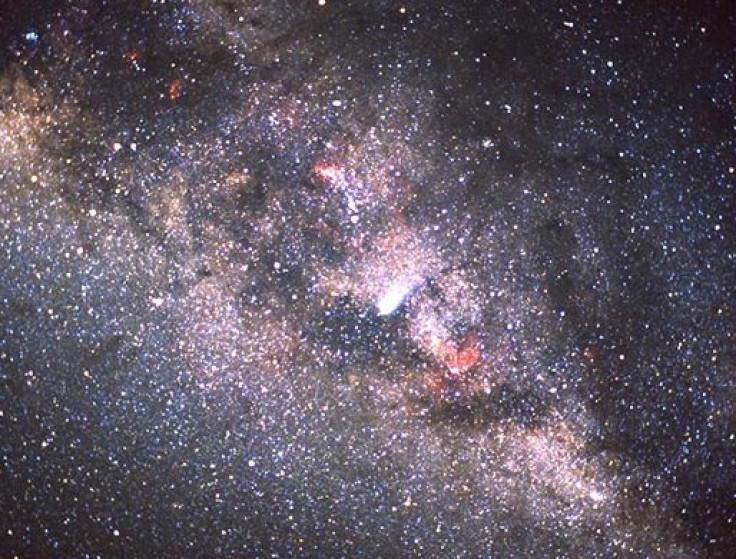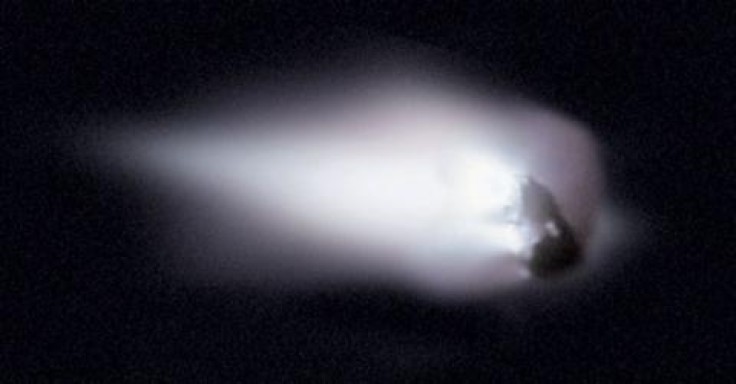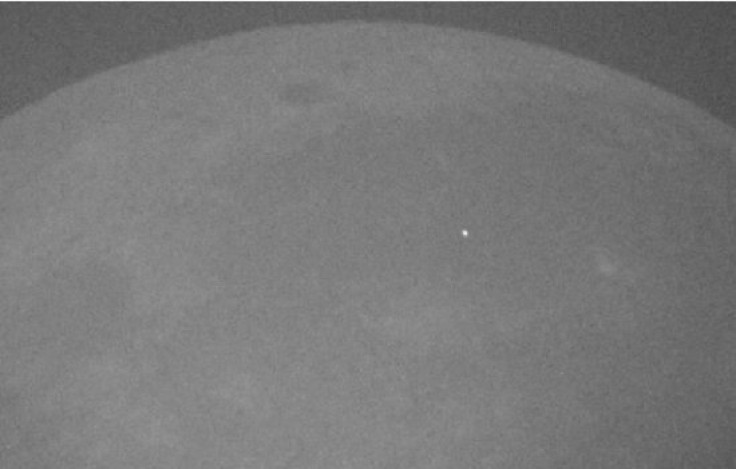According to NASA, because it was the first time astronomers realized comets could make recurring appearances in our night skies, 1P/Halley is commonly referred to as the most famous comet.
Halley was last observed in the sky in 1986. As it has a regular 76-year voyage around the Sun, it is expected to make a return in the year 2061.
Meanwhile, the comet's appearances have now been traced by astronomers to observations made more than 2,000 years ago.
Below are some of Halley's Comet photos captured through the years.
Comet Halley and the Milky Way

The Kuiper Airborne Observatory captured a picture of Comet Halley in front of the Milky Way Galaxy disk in 1986. The brilliant white streak in the middle of the image is Comet Halley. NASA noted that thought to orbit our Sun in billions, the majority of comets never reach close enough for us to witness them. Similar to how billions of stars orbit the center of our Milky Way but never get close enough for us to see them.
Halley's Comet Photograph Captured by Giotto Spacecraft

Here is an actual picture of a comet nucleus. In 1986, the European spacecraft Giotto passed and captured images of Halley's nucleus as it approached the sun, making it one of the first groups of spacecraft ever to encounter and photograph a comet's nucleus. This enhanced image of the about 15 km wide potato-shaped nucleus was created using data from Giotto's camera.
The Halley Multicolor Camera (HMC) on board the Giotto spacecraft captured this image of comet Halley's nucleus on March 13, 1986, as the probe flew within 600 kilometers of the comet, as per Space.com.
Hundreds of these pictures were combined to create the image you see above. NASA said with the exception of Halley. It was only feasible to observe the coma, the surrounding opaque gas cloud surrounding active comets.
On the right, you can see some of the dark nucleus's surface features; on the left, gas and dust enter Halley's coma. When Comet Halley orbits the Sun in its inner region every 76 years, its nucleus releases a coating of ice and rock into space roughly 6 meters thick. The Orionids meteor shower, which occurs every year in October, and the Eta Aquariids meteor shower, which occurs every May, are both caused by debris that Halley's nucleus eventually sheds into an orbital trail, according to NASA.
Pieces of Halley's Comet Hit the Moon

In May 2011, three meteoroids that may have been fragments of Comet Halley were observed striking the moon. Each night from May 9 to 11, 2011, while conducting moon observations, personnel of the Meteoroid Environment Office witnessed a meteoroid hit. The moon's dark area is where the impacts can be seen in the image above, which is a still from one of the videos that were captured those evenings.









